Before the COVID-19 pandemic, another coronavirus was wreaking havoc in North America, only this one was attacking pigs. This coronavirus causes porcine epidemic diarrhea, a severe disease in which pigs go off feed, vomit, have diarrhea and often die. The virus is shed in large volumes in the feces and other pigs become infected when […] Read more
Stories by Jamie Rothenburger, DVM
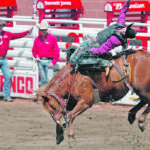
Bucking horse research finds that handler behaviour matters
Over the years I’ve spent as a competitor and observer of rodeos, it seemed evident that the mature campaigner broncs were generally calm, loaded well into the chutes and stood for their equipment and rider, while the green stock were more likely to balk, head toss and kick. New research from the University of Calgary’s […] Read more

Forensic science helps investigate animal abuse cases
Over the past few decades, there has been growing interest and expertise in applying the science of forensics to animal abuse investigations. Forensics are defined as the use of scientific methods and techniques in crime investigations. This interest has been driven by increased societal awareness of animal welfare issues. There is also growing recognition that […] Read more

Veterinary pathologist observes 50 years of changes
This June, animal health professionals gathered for the Canadian Animal Health Laboratorians Network meeting. Like many things in 2020, the in-person conference was cancelled due to the COVID-19 pandemic. Instead, the University of Calgary Faculty of Veterinary Medicine hosted the meeting in a virtual format. The organization includes people from a range of laboratory specialties […] Read more
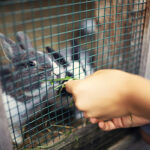
Rabbit hemorrhagic disease identified in Alta.
Pet rabbits in southern Alberta have been diagnosed with rabbit hemorrhagic disease. A tiny virus, known as a calicivirus, causes this deadly rabbit disease. The virus spreads easily between animals, which allows it to rampage through rabbit populations. Most rabbits that become infected die. So far, the source of the virus in this outbreak remains […] Read more
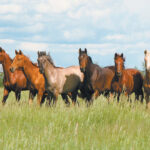
New Ontario study explores heart infections in horses
Infections that localize to the heart are rare but serious in any animal. A recent study published in the Canadian Veterinary Journal by Dr. Brianne Henderson and colleagues at the University of Guelph’s Ontario Veterinary College sought to better understand heart infections in horses. They focused specifically on infections of the heart valves, which is […] Read more
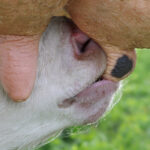
Colostrum — nature’s amazing first milk
With calving, lambing, foaling and kidding seasons upon us, something that may be top of mind for many producers is colostrum. It is the first milk produced by lactating mammals and in our livestock species is critical for health, growth and longevity. During gestation, the placental layers in ruminants and horses prevent antibodies from passing […] Read more
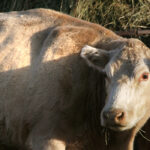
Consider upstream factors when investigating disease
The other day, I presented a case of a deceased wolf to the veterinary students’ pathology rounds. This is a weekly event at the University of Calgary where veterinary pathologists take turns showing and discussing interesting cases to create a less formal learning experience for the students in the program. Like many things this year, […] Read more

Interest grows in raising small urban poultry flocks
An unexpected outcome of the COVID-19 pandemic is the surge in interest in raising chickens. Growing one’s own food during times of uncertainty is a way to exert control and it seems as though Canadians are eager to plant gardens and tend chickens as a way to achieve this. Part of the interest in chickens […] Read more
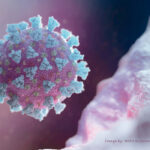
Mutated variants part of infectious pathogens’ evolution
One of the more concerning events during the COVID-19 pandemic has been the detection and emergence of virus variants. These variant strains have mutations that slightly alter their genetic code such that they are more readily transmissible, a worrying feature given the issues with control already occurring. Even more frightening, there is growing evidence that […] Read more




